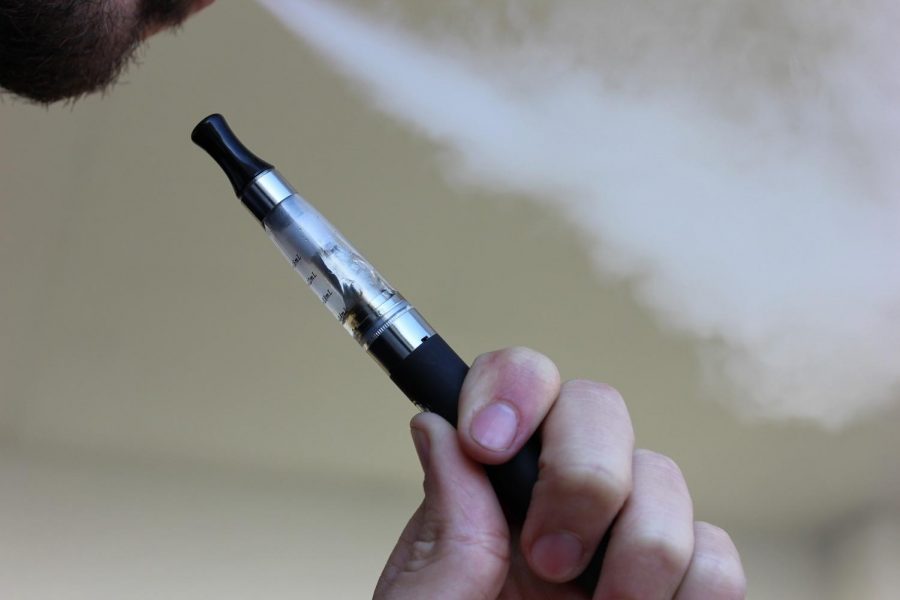Vaping has become a trend among teens. According to the Center for Disease Control, 38 percent of high schoolers and 13 percent of middle schoolers have tried vaping. Many teenagers believed that using an e-cigarette were safer than smoking cigarette packs. Current studies, however, have shown that this belief is actually a myth. There are more dangerous chemicals in vape smoke than currently believed.
Researchers from the University of California tested the urine samples of teens who used e-cigarettes and found that their urine contained elevated levels of five different toxins. All of the toxins found in the samples were either known or suspected carcinogens. It was found that teens who vaped had up to three times more toxins in their urine than teens who never vaped.
“The presence of harmful ingredients in e-cigarette vapor has been established; we can now say that these chemicals are found in the body of human adolescents who use these products,” researchers wrote in their report, published in the journal: Pediatrics.
These toxins include acrolein, acrylamide, acrylonitrile, crotonaldehyde and propylene oxide. They all belong to a class of chemicals known as volatile organic compounds (VOCs).
Fruit flavor e-cigarettes produce significantly higher levels of acrylonitrile, a known carcinogen. This poses a major concern, as those are the most popular flavors among teens. The National Center for Biotechnology Information’s website states, “Acrylonitrile is a highly poisonous compound used widely in the manufacture of plastics, adhesives and synthetic rubber.”
“Right now a lot of the flavors being marketed seem to clearly be targeting teens,” Rubenstein, head researcher for the University of California, said. “I think it’s difficult to argue that you’re marketing these products to adults trying to wean off cigarettes when you’re offering flavors like ‘unicorn poop’ and bubble gum.”
These toxic VOCs are also present in traditional cigarettes, but in higher amounts than e-cigs. According to Dr. Norman Edelman, senior scientific advisor to the American Lung Association, this study shows that e-cigs are not as safe as believed. “Now, it’s true that if they smoked combustible cigarettes they would get more of this stuff,” Edelman said. “But this does make it quite clear that vaping is not safe.”
Even with the new information from this study, vaping continues to be a popular event, even at Pleasant Valley High School. When asked if any of the new information from the study would change his vaping habits, an anonymous student stated, “No. My friends and I have vaped for a while and nothing bad has ever happened to us.”









